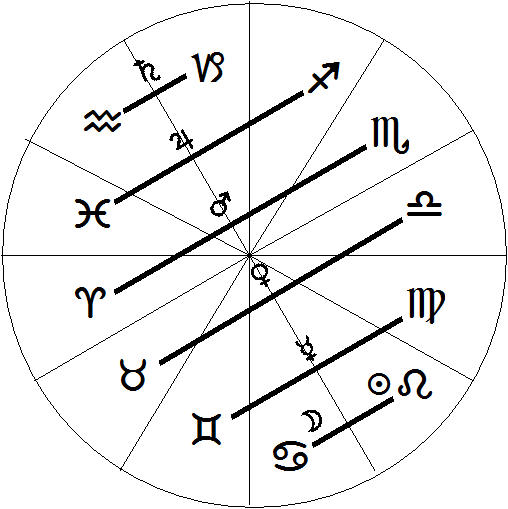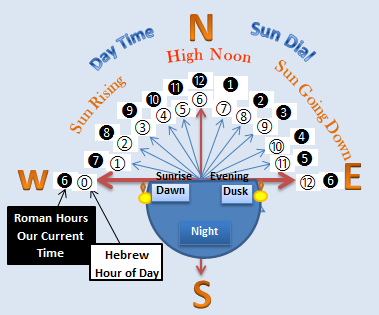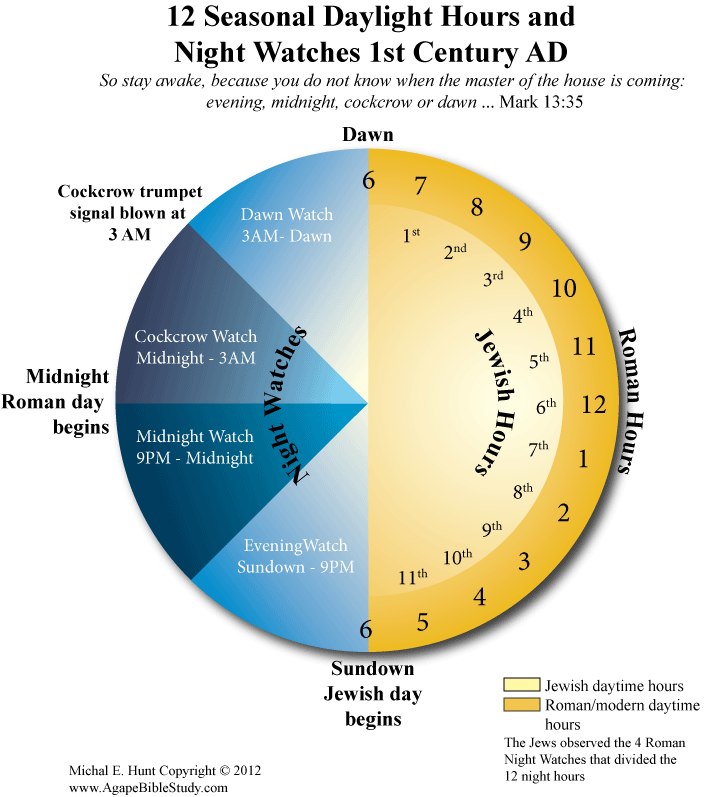waybread
Well-known member
A bit more on sect. The concept wasn't stuck in just Hellenistic astrology. This article appears to be based on Robert Hand, "Night and Day: Planetary Sect in Astrology." ARHAT Publications (Archive for Retrieval of Historical Astrological Texts, 1995.) Are you familiar with it?
"The Arab astrologers of the Middle Ages defined three forms of sect:
"a planet is in sect when ...the Sun's position corresponds to its sect (such as Jupiter in a day chart, or when the Sun is above the horizon; or Mars in a night chart, when the Sun is below the horizon);
"a planet [is in] sect if its sign polarity corresponds with its inherent sect (...Aries, Gemini, Leo, Libra, Sagittarius, and Aquarius were masculine or diurnal signs, whereas Taurus, Cancer, Virgo, Scorpio, Capricorn and Pisces were feminine or nocturnal signs.) ...
"a planet might yet have ...sect dignity if it is in the hemisphere of the chart corresponding to its inherent sect--for example, if Jupiter is in the same hemisphere as the Sun, whether or not the Sun is above the horizon, or if Venus is in the hemisphere opposite the Sun, whether or not the Sun is below the horizon.
"Planets satisfying all three of these sect conditions were said to be Hayz....
https://en.wikipedia.org/wiki/Astrology_of_sect
"The Arab astrologers of the Middle Ages defined three forms of sect:
"a planet is in sect when ...the Sun's position corresponds to its sect (such as Jupiter in a day chart, or when the Sun is above the horizon; or Mars in a night chart, when the Sun is below the horizon);
"a planet [is in] sect if its sign polarity corresponds with its inherent sect (...Aries, Gemini, Leo, Libra, Sagittarius, and Aquarius were masculine or diurnal signs, whereas Taurus, Cancer, Virgo, Scorpio, Capricorn and Pisces were feminine or nocturnal signs.) ...
"a planet might yet have ...sect dignity if it is in the hemisphere of the chart corresponding to its inherent sect--for example, if Jupiter is in the same hemisphere as the Sun, whether or not the Sun is above the horizon, or if Venus is in the hemisphere opposite the Sun, whether or not the Sun is below the horizon.
"Planets satisfying all three of these sect conditions were said to be Hayz....
https://en.wikipedia.org/wiki/Astrology_of_sect
Last edited:










